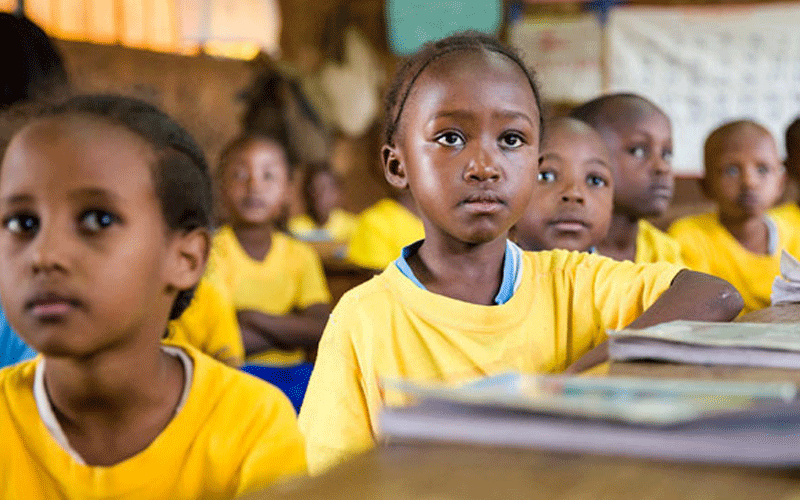End growing anxiety over Competency-Based Curriculum transition
By Editorial.Team, January 12, 2022As implementation of the Competency-Based Curriculum (CBC) continues, transition from Grade Six to Junior Secondary School has become an area of uncertainty to parents.
The pioneer CBC class, now in Grade FIve, will transition to Grade Seven next year after sitting their summative assessment in December.
The taskforce report on CBC recommended the mode of assessment would entail a combination of teacher-administered formative tests in Grades 4, 5 and 6, and a summative assessment to be administered by Kenya National Examinations Council (KNEC) at the end of Grade Six.
The proposed weighting is 60 per cent for formative and 40 per cent for summative assessment.
According to the Ministry of Education, the summative assessment is prompted by the need to allow learners to access schools, which have superior infrastructure and a culture of good performance, thus enhancing equity.
Grade 7 not only means moving from primary to secondary level since JSS was domiciled in the latter, but also physically transiting into another learning space.
However, it is still unclear which system will be adopted to facilitate this transition, amidst growing interest from parents.
Under the 8-4-4 system, students sit their Kenya Certificate of Primary Education (KCPE) exam, which is graded to guide promotion to secondary school.
Despite the increase in the number of national schools, the trend over the years has shown stiff competition for places in specific institutions, extra-county and well performing schools that have adequate facilities.
Students make a choice of about 11 schools from four categories, namely national, extra-county, county and sub-county.
It is, therefore, important that the ministry comes up with an acceptable and fair system, which will also cure the challenge of only a few schools being preferred by a majority of learners.
A national audit conducted by the Ministry of Education showed that while some secondary schools might be overstretched by having an extra class, there are those with extra infrastructure not being used.
Based on the findings, recommendations were made to rationalise existing infrastructure and human resource capacity so that funds are directed to places they are needed most.
It is a welcome move that the government is already building classrooms in secondary schools to accommodate the transition next year.
While the ministry has allayed fears, saying that the guidelines to inform placement of students is being developed, there is need to hasten the process and make it public to ease anxiety among parents.
More Articles

